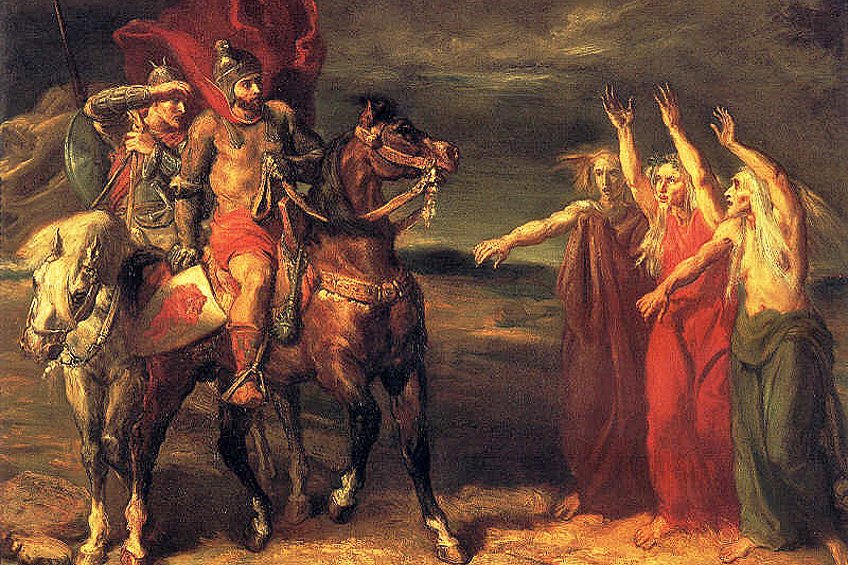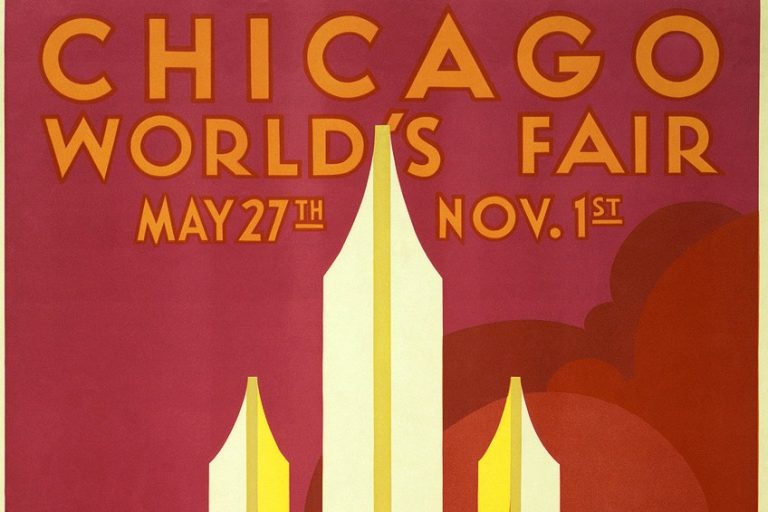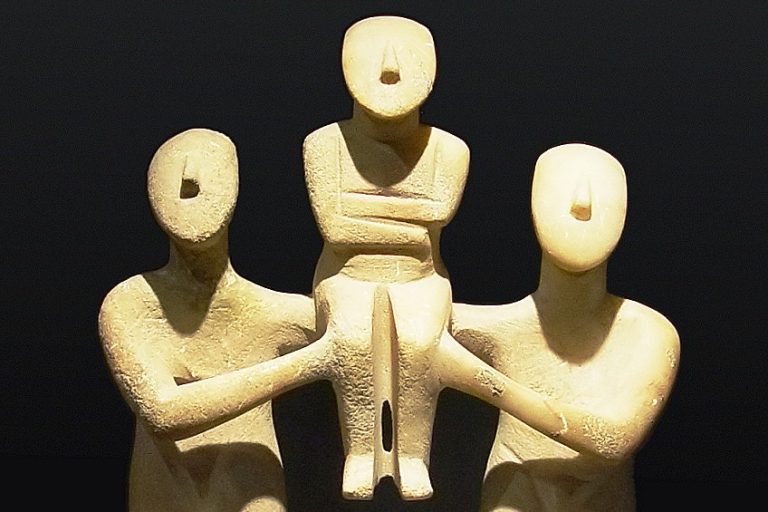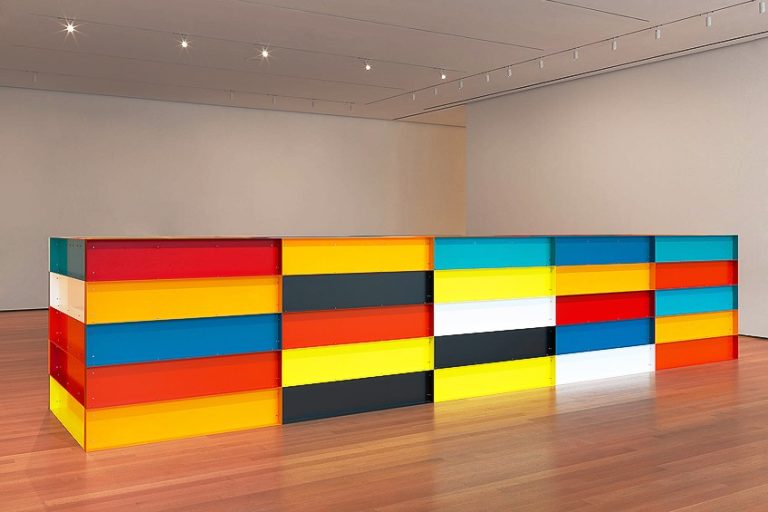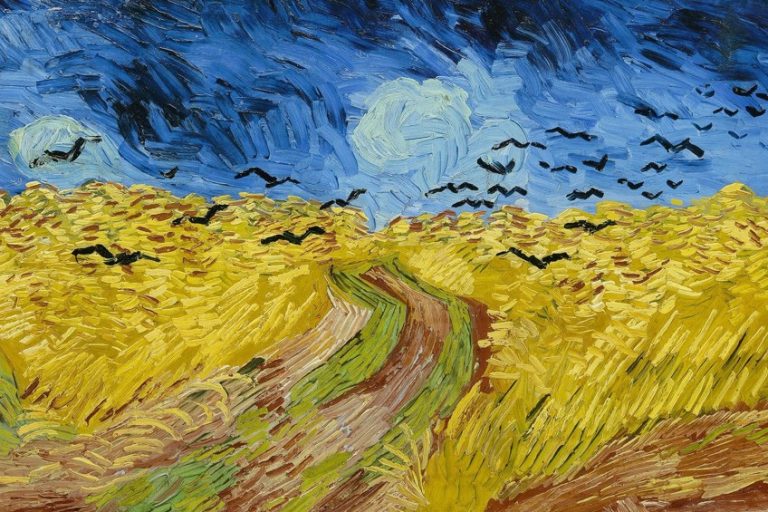Witches in Art – Enchanting Encounters
Witches have long captured the imagination of artists across centuries and cultures, embodying a mysterious and enchanting allure in their depiction. From the dark and brooding to the whimsical and powerful, representations of witches in art offer a fascinating glimpse into the human fascination with magic, folklore, and the supernatural. Through paintings, sculptures, and other artistic expressions, these mystical figures have been both feared and revered, weaving their spells across the canvas and leaving an indelible mark on the history of art. Join us on a journey through the spellbinding world of witches in art, where magic meets creativity in captivating ways.
Key Takeaways
- Witches in art have historically been depicted in ways that align with societal views on mysticism and morality.
- Artistic interpretations of witches have evolved from demonic figures to empowered beings across different art periods.
- Modern artists use the witch motif to explore contemporary themes such as feminism and self-identity.
Historical Context of Witches in Art
The representations of witches in art have often mirrored societal attitudes towards mysticism, gender, and the supernatural. Initially depicted in Medieval Europe as demonic and malevolent, witches were portrayed in accordance with the prevalent fears and moral attitudes of the time. This iconography was particularly vivid during the witch hunts of the early modern period where art served both as a reflection of public hysteria and a tool to reinforce the widespread belief in the malevolence of witches. As Europe transitioned into the Renaissance and Baroque periods, the artistic depiction of witches evolved, influenced by the revival of classical learning and the changing perceptions of magic and sorcery.
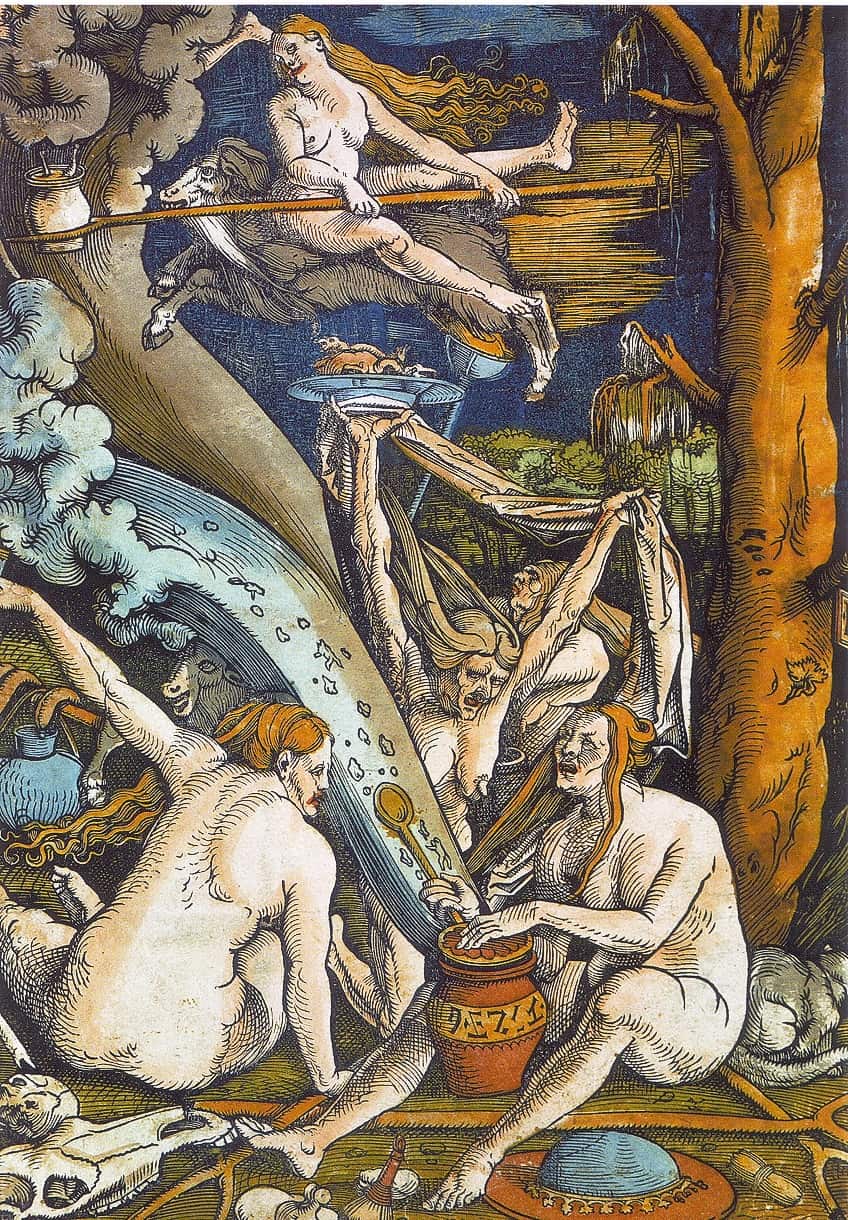
Throughout history, the image of the witch has undergone significant transformations. By the 18th and 19th centuries, Romanticism brought about a softer focus on witches, often portraying them as wise women or misunderstood outcasts, which reflected the growing skepticism about the legitimacy of the witch trials of the past. In contemporary times, witchcraft and its visual motifs have been reinterpreted yet again, with modern artists using the figure of the witch to challenge societal norms and explore themes of feminism, empowerment, and identity. From Francisco Goya’s dark interpretations to modern feminist reimaginings, witches continue to bewitch the art world with their complex narrative.
The Rise of the Witch Hunt
The witch hunts, a grim period in European history that spanned from the late medieval period to the early modern era, were largely driven by fear and superstition. Witches were often portrayed as agents of demons and malevolence, with art serving as a reflection of these attitudes. Notable figures such as Heinrich Kramer, the author of the infamous Malleus Maleficarum, stoked the flames of witch trials across Europe.
Artists like Albrecht Dürer captured the essence of these trials in his works, depicting witches engaged in wicked acts, and often highlighting the use of goats, a symbol of the devil, signifying a perversion of the natural order.
This era was marked by an intense focus on the power and magic attributed to witches, with the witch burnings acting as a grim testament to the fear they inspired. These themes found their way into Western art, creating a visual narrative that accompanied and amplified the paranoia surrounding witchcraft.
Magic and Hysteria
The notion of witches as mischievous or malignant beings was often intertwined with the fear of female power and magic. Works of art in the Western tradition frequently involved depictions of witches concocting spells and engaging in rituals that were believed to influence events and sow hysteria. This merging of paganism with sinister elements is evident in artworks that depict witches communing with nature and employing herbalist knowledge for mystical purposes.

The fear of witchcraft was not solely a European phenomenon, as seen in events like the Salem Witch Trials of North America. Inquisition-era art propelled the stereotype of witches as haggard hags, further demonizing women who were often simply healers. Art therefore played an essential role in shaping and perpetuating the hysteria that surrounded witches and their supposed practices.
Witches in Renaissance and Baroque Art
During the Renaissance and Baroque periods, art reflected society’s intense interest in witchcraft and its connection with the devil and the supernatural. Francisco de Goya, a prominent figure in the art world of this time, is well-known for his portrayal of witches and dark themes. One of Goya’s famous works, Witches’ Sabbath (1789), captures the fear and speculation surrounding witches. The painting depicts a coven of witches gathered in adoration of a goat-like figure representing the devil, highlighting the common association of women with demonic elements and witchcraft.
The gender dynamic is profoundly illustrated in these artworks, often depicting women as powerful yet malignant.
This portrayal is influenced by societal fears and the struggle with emerging feminist ideas, where powerful women were both celebrated and condemned. In The Witchcraft of Circe painted by Dosso Dossi around 1530, Circe is represented as an enchantress from Homer’s Odyssey who transforms men into animals, reflecting not only the power attributed to women at the time but also the fear of their influence.

Goya’s Black Paintings, including Witches’ Sabbath, created between 1819 and 1823, are marked by a palpable sense of despair and disillusionment. These paintings communicate a deep skepticism of human nature and society’s inclination to construct demons out of the unknown. Renaissance and Baroque art reveal how witchcraft was intertwined with societal views on gender and the embodiment of fear. They portray a complex narrative where women, myth, and reality commingle with the ominous presence of the devil, opening dialogues on power, control, and morality.
The Evolution of Witch Art
The portrayal of witches in art has significantly transformed over the centuries. In the 1400s, European illustrations often depicted witches as demonic entities, engaging in indecent and supernatural acts. This period emphasized sinister elements, where objects like broomsticks were imbued with deviant connotations. Moving into the 17th century, art began to reflect the hysteria of the witch hunts. Salvator Rosa’s Witches at their Incantations (circa 1646) illustrates this phase with visceral imagery of decrepit figures performing dark rituals, capturing societal fears of the time.
By the 18th and 19th centuries, the figure of the witch in art evolved once more, as seen in Francisco Goya’s Witches’ Flight (1797).
Goya’s work conveys a mix of horror and criticism toward the superstitions of his era. Entering the 20th century, witches in art shifted from menacing to more nuanced representations. They served as symbols to probe complex emotions like desire and confusion while sometimes contending with the stigma of propagandist motifs.

Today, modern witchcraft has influenced art to reexamine historical narratives, allowing a reinterpretation of the witch as a figure of empowerment rather than fear. The evolution of witch art is a testament to changing attitudes toward witchcraft and represents a broader spectrum of artistic expression and social commentary.
Modern Depictions and Interpretations
Contemporary art reflects a multifaceted view of witches, leveraging symbols and narratives of witchcraft to explore themes of power, gender, and activism.
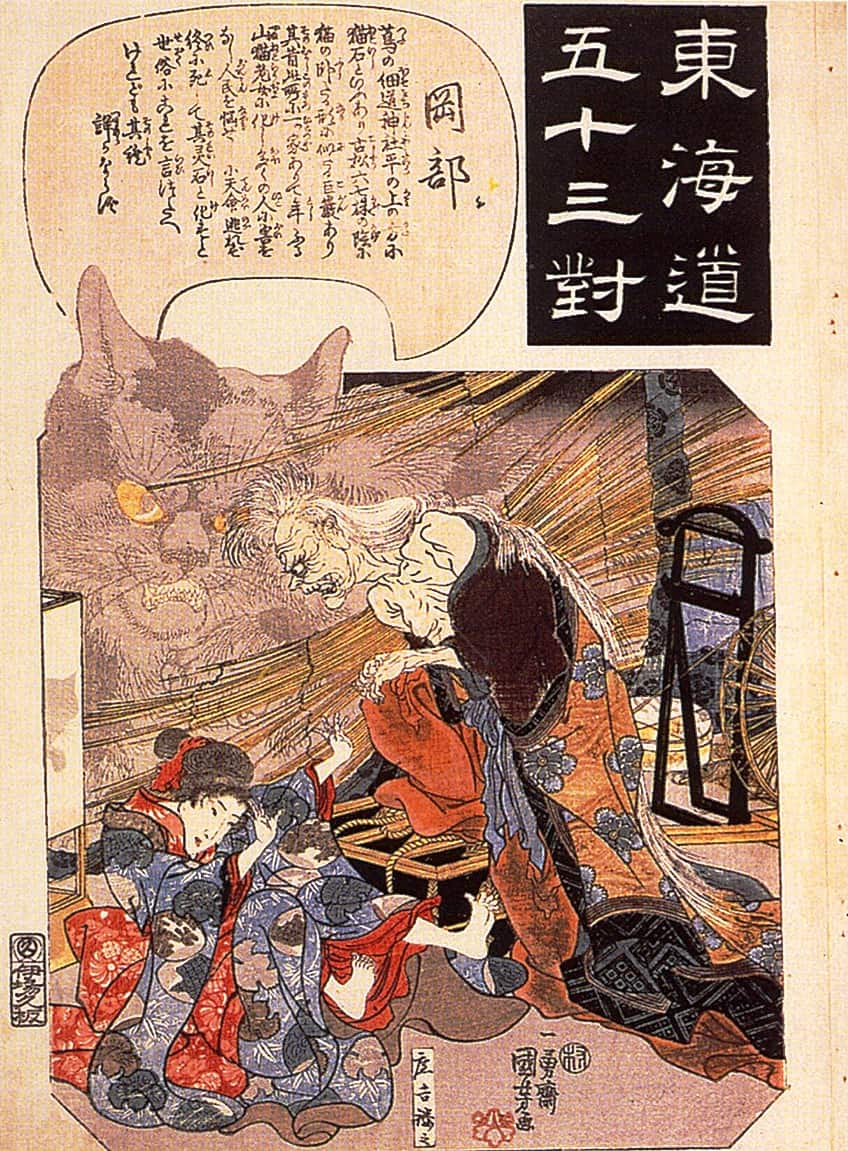
Witch Iconography in Contemporary Art
Witches have become a potent subject in contemporary art, symbolizing a range of ideas from the mystical to the revolutionary. Performance art has frequently incorporated witch-related imagery and ritual, with artists like Carolee Schneemann intertwining the body, female form, and magic in their works.
Symbols of modern witchcraft are woven into various media, reinforcing the enduring presence of witch iconography.
Witchcraft as Metaphor for Empowerment and Oppression
Witchcraft in art often serves as a metaphor for both empowerment and oppression. The societal fear of witches and witchcraft can be linked to deeper issues of gender inequality and oppression. Artists like Leonora Carrington and Remedios Varo, with their surrealist works, have explored these dynamics, juxtaposing the theme of the supernatural with the psychological aspects of power and feminism.

Representations of Witches in Art Today
In current depictions, witches are portrayed with a nuanced recognition of their historical and modern significance. The transformation of the witch into a feminist icon is notable, particularly by artists and activists aiming to reclaim the narrative around women’s power and injustice. Artworks by Pam Grossman, for instance, utilize witchcraft motifs to comment on female agency and gender roles.
Additionally, fine art continues to engage with witch archetypes, examining them through the lens of sexuality, ritual practice, and modern witchcraft.
Famous Witch Artworks to Know
Throughout history, witches have been a subject of fascination in art, often depicted with a blend of fear, awe, and mystery. Notable artists have explored this subject, leaving behind a legacy of striking works.
- Witches Flight (1797) by Francisco de Goya depicts a chilling nocturnal scene where witches soar through the air with sinister expressions, set against a dark sky. This artwork reflects the dark themes that Goya explored in his later years.
- The Magic Circle (1886), created by John William Waterhouse, portrays a witch conducting a ritual within a drawn circle, showcasing a moment of intense concentration and mystical ambiance.
- Circe Offering the Cup to Ulysses (1891) is another piece by Waterhouse, capturing the moment in the Odyssey where the enchantress Circe offers a potion to the hero Ulysses.
- In The Witch (1950), Dorothea Tanning uses surrealism to paint a more ambiguous and enigmatic representation of a witch, marrying the mundane with the magical in her unique style.
These artists bring varied interpretations to the theme of witchcraft, from Goya’s ominous depictions to Waterhouse’s romanticized scenes and Tanning’s surreal approach. Each piece invites viewers to reflect on the cultural and historical nuances of how witches have been perceived and portrayed through the ages.

Witchcraft, Art, and Society
The intertwining of witchcraft with art and society reveals much about gender roles, class struggles, and the subversion of norms. Historically, the witch—a figure often cast as a woman—served to explore societal fears and anxieties, especially during periods of turmoil. Paintings and woodcuts from the 1400s depicted the sorceress as a malevolent entity, reflecting deep-seated gender biases and the link between fear and the feminine. Rituals and pagan practices, once integral to communal life, became sinister under the Church’s scrutiny. Artworks mirrored this transformation, marking a shift from pagan reverence to the dark branding of witchcraft as superstition. The witch hunts—a grim period marred by murder and persecution—saw these distortions escalate.
In terms of class, witches were often poor, elderly women, scapegoats for societal ills, suggesting an intersection of classism and misogyny.
Children also entered the fray, both as alleged victims of witches and as symbols in art of purity at risk. Shakespeare’s Macbeth solidified the witch’s cultural iconography. The Weird Sisters embodied fear and superstition, manipulating fate and fortune. Contemporary artists, like Frances F. Denny, challenge old narratives, showcasing witchcraft’s diverse face—encompassing Wicca, modern paganism, and feminist reclaiming. Their work criticizes not just the gendered persecution of yore, but also the capitalist exploitation of today, which sometimes appropriates and commodifies witchcraft imagery.

Artistic performance and gender play crucial roles in this modern reinterpretation, pushing the boundaries of what constitutes witchcraft in art, shaping new societal dialogues free from the shadow of fear. Their art is not just aesthetic—it’s a challenge to the historical narrative.
The depiction of witches in art reflects not only the cultural beliefs and fears of their time but also the enduring fascination with the mystical and unknown. From medieval illustrations to contemporary interpretations, artists have imbued these figures with symbolism, power, and intrigue, inviting viewers to delve into realms of magic and mystery. As we conclude this exploration of witches in art, we are reminded of their timeless allure and the artistic freedom they offer to explore themes of identity, power, and transformation. Whether portrayed as benevolent healers or malevolent enchantresses, witches continue to cast their spell on the canvas, captivating our imagination and leaving us enchanted by their eternal presence in the world of art.
Frequently Asked Questions
Who Are Some Famous Artists Known for Depicting Witches in Their Work?
Francisco Goya is a notable artist who frequently featured witches in his paintings, such as the famous Witches’ Flight (1797) housed in the Museo del Prado, Madrid, Spain. Another influential figure is Arthur Rackham, who illustrated witches in his 1909 work for The Fairy Tales of the Brothers Grimm.
What Are Common Themes Found in Artworks Featuring Witches?
Artworks depicting witches often include themes of desire, fear, and the supernatural. During the Renaissance, illustrations and woodcuts presented them as demonic and engaged in mythically deviant behaviors. By the late 19th century, symbolist painters used the figure of the witch to explore complex emotions and societal fears.
How Have Depictions of Witches in Art Changed from the Renaissance to Modern Times?
Renaissance depictions of witches were frequently tied to moral and sexual deviancy, designed as propaganda to support widespread persecution. Throughout the centuries, the representation of witches evolved from menacing portrayals to more nuanced and complex characterizations that critique societal norms or celebrate feminine power, reflective of changing cultural attitudes.
Isabella studied at the University of Cape Town in South Africa and graduated with a Bachelor of Arts majoring in English Literature & Language and Psychology. Throughout her undergraduate years, she took Art History as an additional subject and absolutely loved it. Building on from her art history knowledge that began in high school, art has always been a particular area of fascination for her. From learning about artworks previously unknown to her, or sharpening her existing understanding of specific works, the ability to continue learning within this interesting sphere excites her greatly.
Her focal points of interest in art history encompass profiling specific artists and art movements, as it is these areas where she is able to really dig deep into the rich narrative of the art world. Additionally, she particularly enjoys exploring the different artistic styles of the 20th century, as well as the important impact that female artists have had on the development of art history.
Learn more about Isabella Meyer and the Art in Context Team.
Cite this Article
Isabella, Meyer, “Witches in Art – Enchanting Encounters.” Art in Context. March 25, 2024. URL: https://artincontext.org/witches-in-art/
Meyer, I. (2024, 25 March). Witches in Art – Enchanting Encounters. Art in Context. https://artincontext.org/witches-in-art/
Meyer, Isabella. “Witches in Art – Enchanting Encounters.” Art in Context, March 25, 2024. https://artincontext.org/witches-in-art/.


